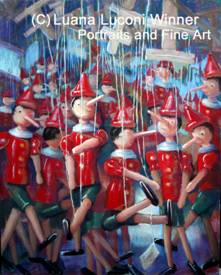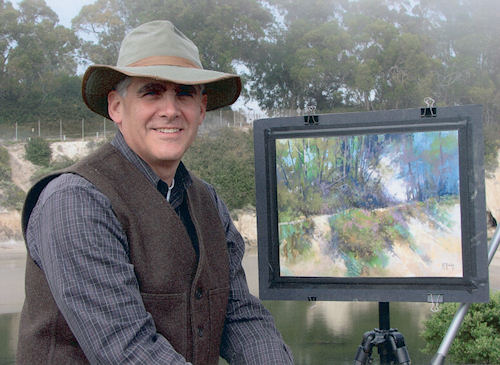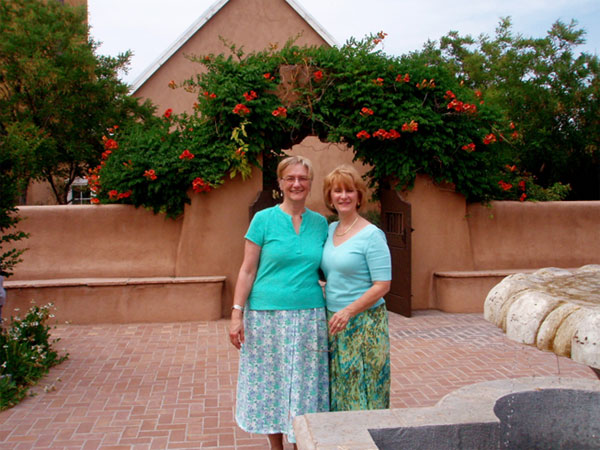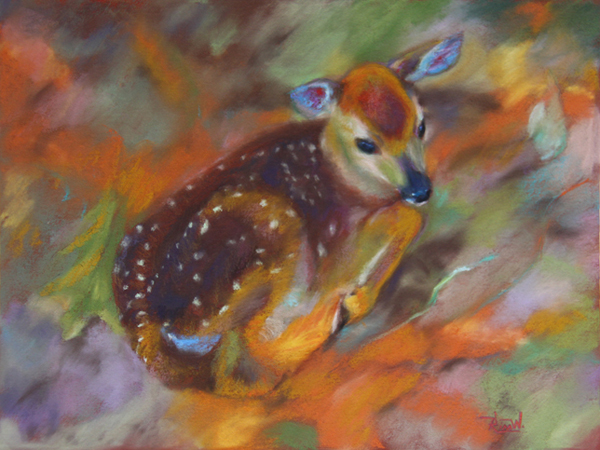Two colored pencil paintings by Betty Hendrix were juried into the “Sky’s the Limit” Juried Art Show and Competition in Breckenridge Fine Arts Center, Breckenridge, TX. The show will be open from September 6th through October 7th.
She also has two colored pencil pieces in the Nature Art Gallery at the Museum of Natural Sciences in downtown Raleigh as a part of the North Carolina Colored Pencil Society show titled “Naturally Colored Pencils.” This show will be open from September 2 through October 2.
Betty also had one pastel piece juried into the “Pastels Chicago” competition and exhibition which will be held September 15 through October 28 at the Mayslake Peabody Estate in Oakbrook, IL.






